When I started to list my best books to read in 2023 a week ago, there were so many travel books on it that I instead published my best travel books to read.
But I am here now, excited to share my most favorite books from 2023. These are not the latest releases of the year. They are the books I happened to pick up and read and enjoyed and learned from. Hope you do, too.
My Best Books of 2023
1. Of course, each one on the list of best books on traveling is on this list, too. Do go through the article. It has books with such varied eras, styles, and themes that you are bound to find at least one you couldn’t help but pick.
Continuing with the most impactful and entertaining books I read this year,
2. The Wind in the Willows by Kenneth Grahame (First published 1908)—My Favorite Children’s Book of the year
The immensely popular classic, deemed a children’s book, is about a river and the animals living around it. These well-behaved, well-dressed decent folks (frogs, rats, moles, badgers) live, explore, make merry, and follow the system so as not to cause worry to others. They know how to let the other contemplate in peace, how to set a friend (who seems to have lost her mind) right, and to not return someone who has shown up at their door in the need of hour empty-handed and sad-hearted. And more than all this, they know how to get themselves in trouble.
The book is a satire on the faults of humanity, inspires immeasurable goodness, and the wilderness and the beautiful beings who inhabit its leaves make me want to go and live in a forest. All those who love nature stories and read to laugh and entertain themselves would enjoy The Wind in the Willows. Like most children’s books, this one, too, is even more appropriate for adults for we need to be reminded of the joy of simple living, immersing in nature, and selfless companionship.
The book is a breath of fresh air.
Though many beautifully illustrated versions of The Wind in the Willows flood bookstores, my version by Wordsworth Classics has a colour illustration on its cover and the rest black and white illustrations accompany each chapter. I got an old copy from Amazon (Did you know you can do that?) and am thoroughly satisfied for now until I start searching for the more colorful ones.
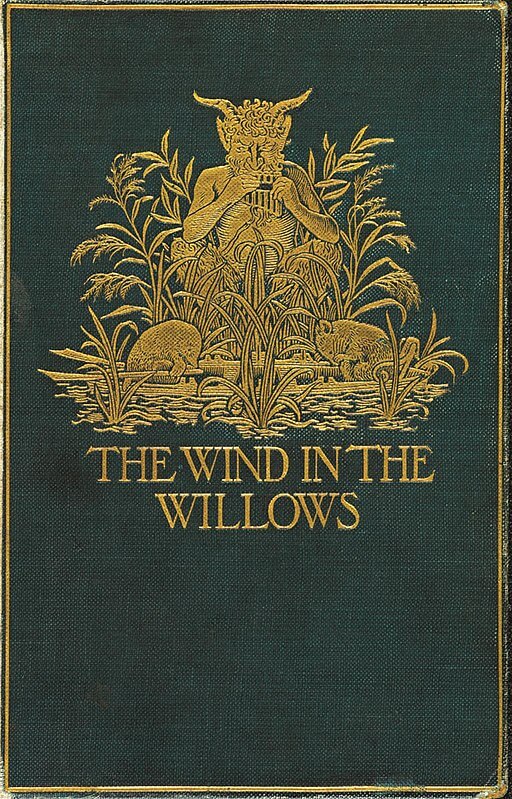
[Image Credit: W. Graham Robertson/Kenneth Grahame, Public domain, via Wikimedia Commons]
Get the Wind in the Willows on Amazon
3. Night and Day by Virginia Woolf (First published 1919)
I read this novel over three weeks, and it wasn’t an easy book. But like all of Woolf’s works, Night and Day is indispensable in its presentation of human lives and our joys, struggles, desires, and conflicts.
A young woman from a fairly well-doing family is to marry a seemingly perfect guy but doesn’t love him. She meets a man who doesn’t seem to fit into her family by any means. But slowly, the man, who initially didn’t like this rich heiress, finds himself obsessed with her and she, too, is drawn to him. What follows is a story of many human beings who are intertwined amongst themselves for reasons one and many and are each trying to judge their own hearts and those of others. That was pretty hard to do in old England where rules were many and infinite good appearances to keep.
Night and Day was even more interesting for me because, during the years of the novel, unmarried women in England seemed to have as many restrictions as are still being imposed on unmarried women in India. How one deals with them, what conflicts arise in the woman’s heart, and how the external reacts to her decisions was cathartic to read from as great a writer as Woolf.
I was almost highlighting the whole book. But here are the excerpts that struck me and awakened me for life,
“The incessant and tumultuous hum of the distant traffic seemed, as she stood there, to represent the thick texture of her life, for her life was so hemmed in with the progress of other lives that the sound of its own advance was inaudible.”
“She took up her knitting again and listened, chiefly with a view to confirming herself in the belief that to be engaged to marry some one with whom you are not in love is an inevitable step in a world where the existence of passion is only a traveller’s story brought from the heart of deep forests and told so rarely that wise people doubt whether the story can be true.”
“With a brain working and a body working one could keep step with the crowd and never be found out for the hollow machine, lacking the essential thing, that one was conscious of being.”
“The rules which should govern the behaviour of an unmarried woman are written in red ink, graved upon marble, if, by some freak of nature, it should fall out that the unmarried woman has not the same writing scored upon her heart.”
“The only truth which she could discover was the truth of what she herself felt—a frail beam when compared with the broad illumination shed by the eyes of all the people who are in agreement to see together; but having rejected the visionary voices, she had no choice but to make this her guide through the dark masses which confronted her.”
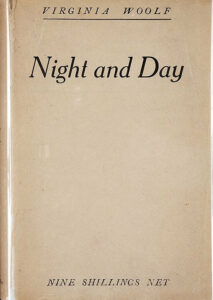
4. Hateship, Friendship, Courtship, Loveship, Marriage by Alice Munro (First published 2001)
This is a collection of Alice Munro’s short stories and is as enchanting, real, and entertaining as ever.
No matter when or where you read Munro, you feel a little bit better about the world and about yourself, too. She roots her books in the lives of real people: housewives, lovers long thrown apart due to circumstances, girls who ran away from home, wives who are being beaten up, families that pretend to be happy together, people who would never achieve their dreams or ambitions. So even though we aren’t talking about positive, inspiring, or happy tales, we are talking about realistic and commonplace and, yet, so extraordinary stories that make life and this world ever so interesting, nuanced, clever, and surprising that I want to read on and I want to live on. Every character of the author is driven, fierce, and fearless in her own way while ploughing through the many tragedies and limitations of life.
As Maria Popova (of The Marginalian) once said, “Suffering is the name we give to how we live with life’s imperfection, and with our own—which is so often the wellspring of our profoundest suffering. How we bear this imperfection, what we make of it, is our great living poem.”
Each of Munro’s people lives their greatest living poem. I recommend the book to even those who do not read fiction for the stories are really more about understanding human beings.
“That was the kind of lie that I hoped never to have to tell again, the contempt I hoped never to have to show, about the things that really mattered to me. And in order not to have to do that, I would pretty well have to stay clear of the people I used to know.”
“I was affronted when people had anything to say about my appearance. Particularly when it was somebody like Alfrida-somebody who had lost all importance in my life. I believed that such people had no right to be looking at me, or forming any opinions about me, let alone stating them.”
5. The Last Girl: My Story of Captivity, And My Fight Against the Islamic State by Nadia Murad (First published 2017)
The Last Girl is the memoir of a Yazidi girl whose village was captured by the Islamic State in Iraq. She saw her family killed in front of her eyes, got captured, was raped and pushed into sex slavery, and then—after three months of abuse—managed to escape. Now Nadia, a Nobel Peace Prize winner, continues to work toward ending the “use of sexual violence as a weapon of war and armed conflict” and fights against the genocide of the Yazidi community and other social causes.
Though The Last Girl is a heart-wrenching story—how it could not be when you see your whole life being torn apart in front of you while you can’t even kick or scream—the book inspired me. No matter the circumstances, we can always choose our reaction—and, in that, no one can bind us. Even at our lowest, the will to live and change is our ray of light.
“At some point, there was rape and nothing else. This becomes your normal day. You don’t know who is going to open the door next to attack you, just that it will happen and that tomorrow might be worse. You stop thinking about escaping or seeing your family again. Your past life becomes a distant memory, like a dream. Your body doesn’t belong to you, and there’s no energy to talk or to fight or to think about the world outside. There is only rape and the numbness that comes with accepting that this is now your life.
Fear was better. With fear, there is the assumption that what is happening isn’t normal. Sure, you feel like your heart will explode and you will throw up, you cling desperately to your family and friends and you grovel in front of the terrorists, you cry until you go blind, but at least you do something. Hopelessness is close to death.”
“I think that if you are a good person, deep down, then you can be born and raised in Islamic State headquarters and still be good.”
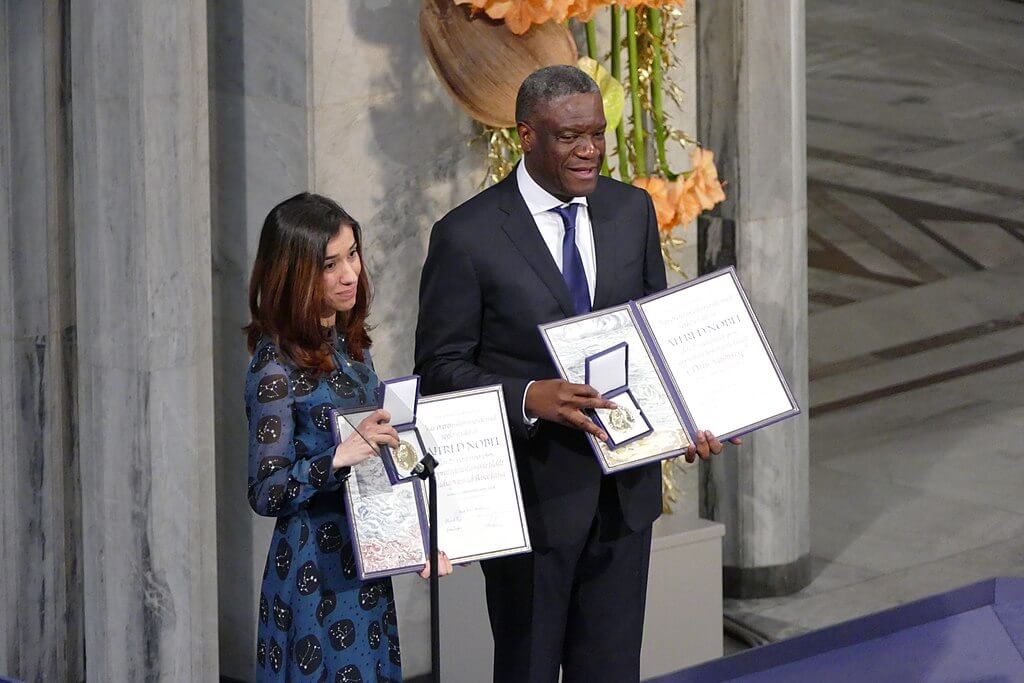
Get The Last Girl on Amazon
6. A Man Called Ove by Fredrik Backman (First published 2012)
The Man Called Ove has an opinion on everything and lives by the simple rules of life. He has principles, methods, and routines. Ove is a hard worker. He doesn’t scroll his phone; he won’t take shortcuts; he drives precisely. He likes to do things right, once and for all by himself. He belongs to an era when things were done well no matter how much time they took. As I belong to that era too, I like Ove, and thing book brought me solace.
The beauty of the book is that though Ove may look complicated, he is simpler than others. He is one of those who don’t kick the bike when it doesn’t start but they try to understand why it won’t start and pull up their sleeves to fix it. Of course, Ove would have kept his bike in such a condition that it would run as butter melts on toast. Not that he would ever have a bike because of road safety.
As Ove does things properly, they get done. He can sleep in a storm. But circumstances beyond his control do keep him up and then his system and schedule are the only things that keep him going until he meets people who care.
This novel is hilarious and heartwarming and portrays the every-second struggles and joys of being a human exceptionally well.
“People had always said that Ove was “bitter.” But he wasn’t bloody bitter. He just didn’t go around grinning the whole time. Did that mean one had to be treated like a criminal? Ove hardly thought so.”
7. Sweet Bean Paste by Durian Sukegawa (Author), Alison Watts (Translator) (First published 2013)
Sometimes things go wrong. So horrible that they change our entire lives. Maybe we are left physically disabled or socially isolated. Then what do we do? Do we go on? After all, no one seems to care about us. Those who loved us are far gone. What is the meaning of this all? We ask ourselves every morning.
Sweet Bean Paste is a bittersweet story of misfortune and a human’s will to live. People in this book draw power from the natural world and show us that perhaps the purpose of life is not to become the best musician or the best father or the most talented coder, but just that we are present here is enough.
I recommend the book as a simple, delightful, and inspiring read for all those burdened by self-pity, or who are troubled by the overwrought books of the present.
“All experience adds up to a life lived as only you could. I feel sure the day will come when you can say: this is my life. You may never become a writer or a master dorayaki cook, but I do believe there will be a time when you can stand tall as yourself in your own unique way.”
“We were born in order to see and listen to the world.”
Find Sweet Bean Paste on Amazon
8. Nature by Ralph Waldo Emerson (First published 1836) — One of my most favorite non-fiction books of 2023
I took weeks to read this essay. In the essay, the author interprets nature as a canvas upon which human life can grow and flourish. I found my own pleasures in this 80-page lush poetry on the natural world wherein Emerson shows us to draw metaphors from nature for our use, to find beauty, peace, and gladness in it.
Hope you find your joys in the essay, too.
“The moral influence of nature upon every individual is that amount of truth which it illustrates to him.”
Ralph Waldo Emerson
“In the presence of nature, a wild delight runs through the man, in spite of real sorrows.” Emerson
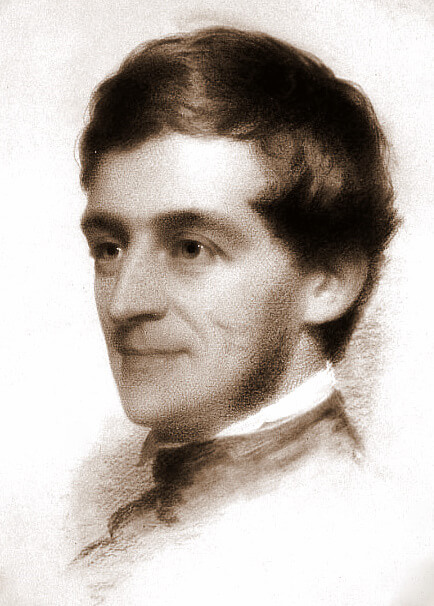
Get the delicious essay Nature on Amazon
9. A Walk in the Wood: Meditations on Mindfulness with a Bear Named Pooh by Dr. Joseph Parent and Nancy Parent (First published 2018)
This book is what the title says. You follow a bear around his house and in the woods on a day on which he decides to be mindful. As if in a children’s book, each chapter is a simple and clear story and is so deliciously nature-filled that I kept turning the pages.
A Walk in the Wood has a lot of easy mindfulness practices which show how to be present instead of losing ourselves in our thoughts. Everyone should read it at least once—but more like once every month—to remind themselves to enjoy each chore, routine, and breath fully.
“You see, when Pooh relaxed and settled into Aimless Wandering, he experienced everything more vividly. Not needing things to come out a particular way, he saw everything revealed in its own natural beauty.”
“Life is like a dream, And also like a stream. Off in thoughts or in a hurry, Cloudy mind so full of worry. Waking now and simply here, Peaceful mind is calm and clear.” From A Walk in the Woods
Some other books I loved this year,
10. The Velveteen Rabbit by Margery Williams Bianco
A classic story that shows us how to value and love things that have been with us.
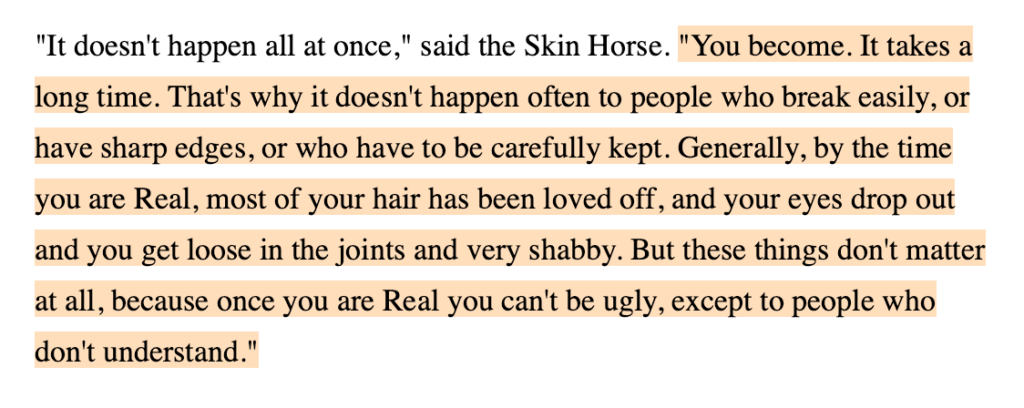
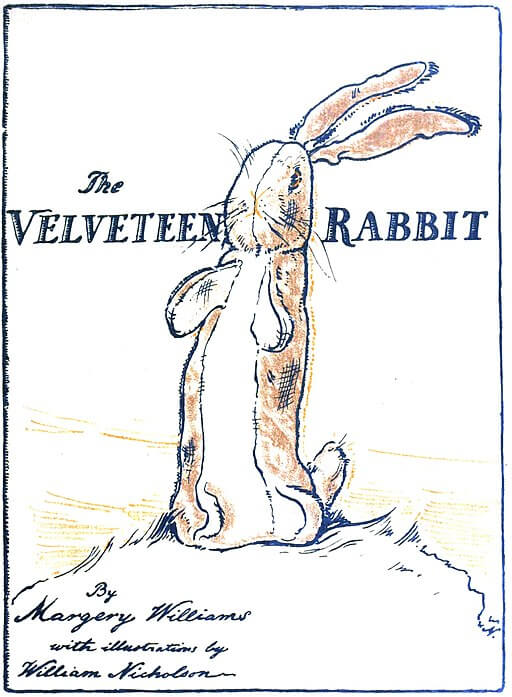
[Image Credit: Margery Williams, Public domain, via Wikimedia Commons]
Buy The Velveteen Rabbit on Amazon
- I read Adventures of Rusty by Ruskin Bond again and can’t recommend it enough.
What are some of your most recommended books of 2023?
*****
My much-awaited travel memoir
Journeys Beyond and Within…
is here!
In my usual self-deprecating, vivid narrative style (that you love so much, ahem), I have put out my most unusual and challenging adventures. Embarrassingly honest, witty, and introspective, the book will entertain you if not also inspire you to travel, rediscover home, and leap over the boundaries.
Grab your copy now!
Ebook, paperback, and hardcase available on Amazon worldwide. Make some ice tea and get reading 🙂
*****
*****
Want similar inspiration and ideas in your inbox? Subscribe to my free weekly newsletter "Looking Inwards"!

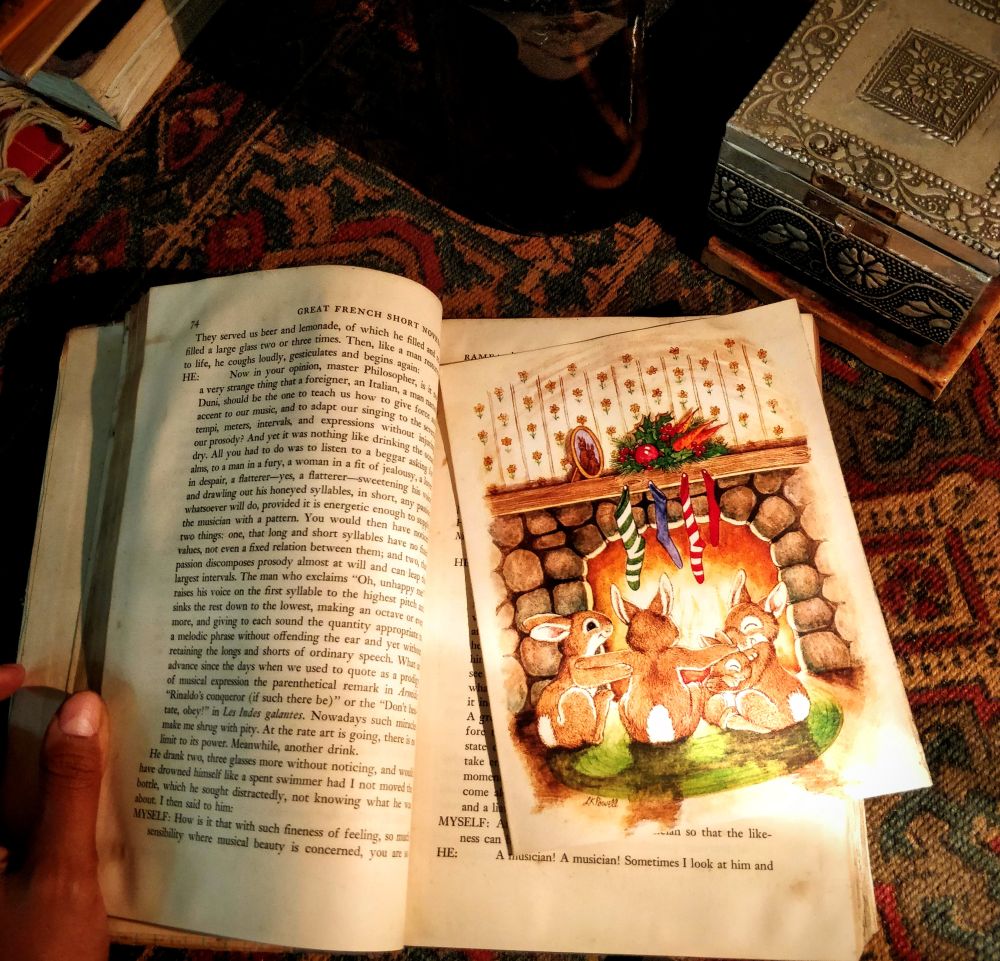
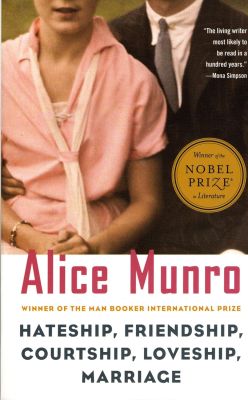
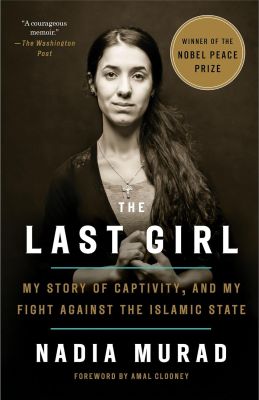
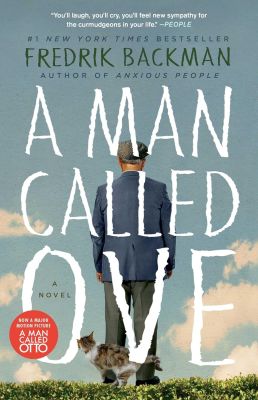
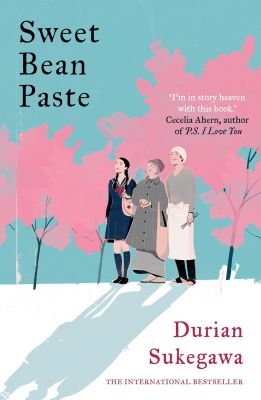
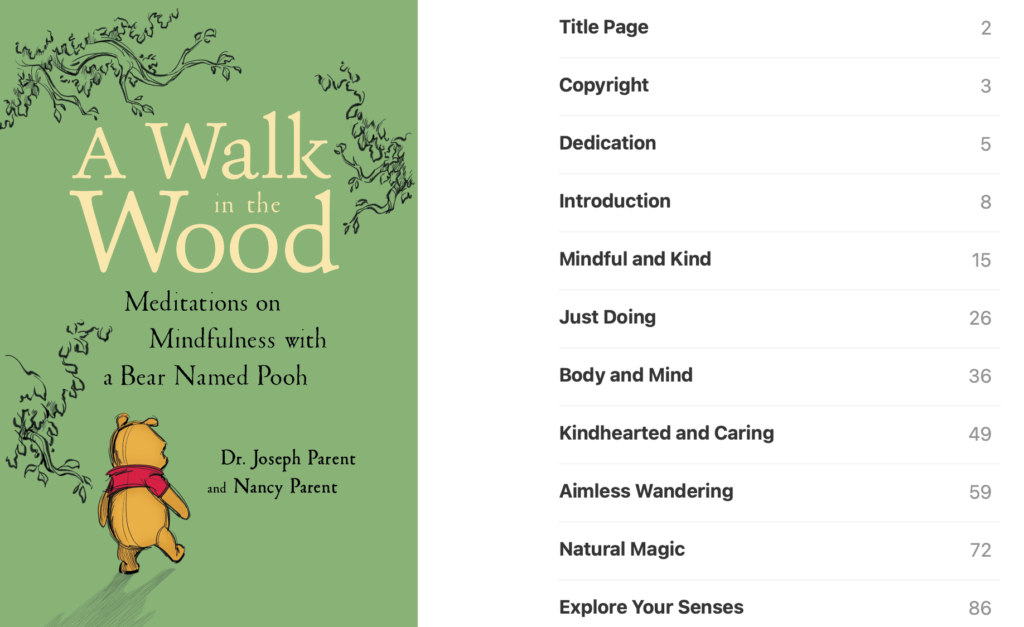
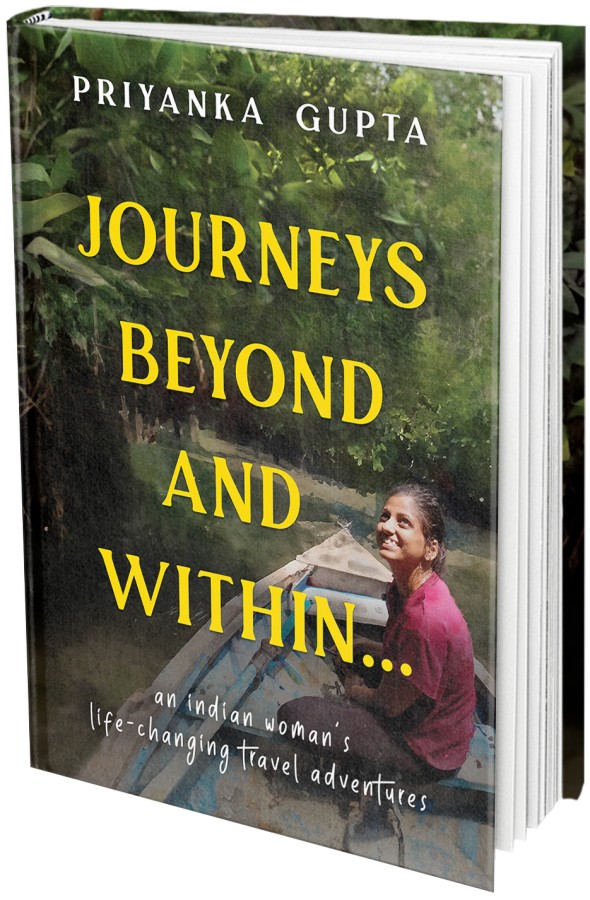
I would love to get those! I am not much of a reader, however, I am trying to read a lot more!